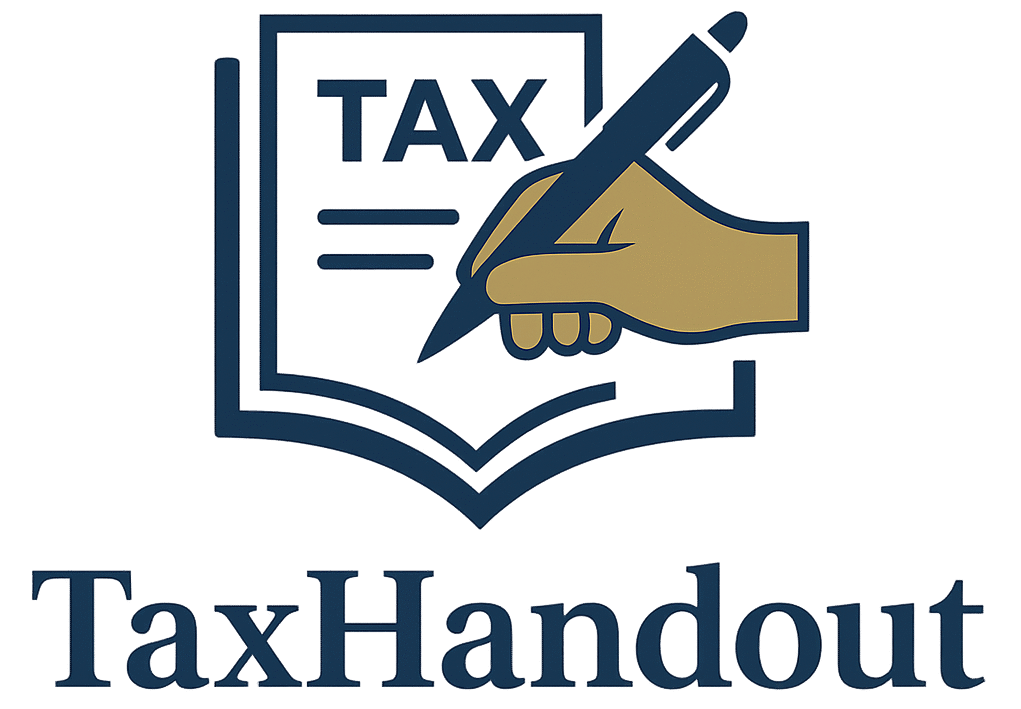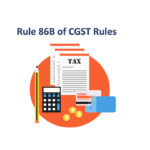Introduction
The Goods and Services Tax (GST) framework allows businesses to claim Input Tax Credit (ITC) on goods and services used in the course or furtherance of business. However, when such goods or services are used for both business and non-business purposes, or for taxable and exempt supplies, Rule 42 of the Central Goods and Services Tax (CGST) Rules, 2017 comes into play.
Rule 42 lays down the methodology for proportionate reversal of ITC, ensuring that credit is claimed only to the extent it is attributable to taxable supplies.
Key Provisions of Rule 42
1. Scope and Applicability
Rule 42 applies in the following situations:
- Inputs and input services are used partly for business and partly for non-business purposes.
- Inputs and input services are used partly for taxable and partly for exempt supplies.
It does not apply to capital goods (which are covered under Rule 43).
2. Computation Method for Eligible ITC
Rule 42 prescribes a formulaic approach for computing the amount of ITC to be reversed:
Let us understand the formula:
- T = Total input tax on inputs and input services.
- T1 = Credit on inputs and input services used exclusively for non-business purposes (to be reversed).
- T2 = Credit on inputs and input services used exclusively for exempt supplies (to be reversed).
- T3 = Credit on inputs and input services used exclusively for taxable supplies and zero-rated supplies (fully eligible).
- C1 = Common credit = T – (T1 + T2 + T3)
- D1 = Portion of C1 attributable to exempt supplies = (E / F) × C1
- E = Turnover of exempt supplies
- F = Total turnover in the State during the tax period
- D2 = Portion of C1 attributable to non-business purposes (normally assumed to be 5% of C1)
- D = Amount to be reversed = T1 + T2 + D1 + D2
The eligible ITC = T – D
3. Turnover Basis for Apportionment
The value of exempt and total turnover used in the apportionment must be computed as per Rule 42 explanation, ensuring accurate ratio-based distribution.
4. Monthly and Annual Adjustments
- Monthly computation and reversal must be done in each return period.
- At the end of the financial year, a final adjustment must be made based on actual turnover figures (not provisional).
- Any excess ITC claimed must be reversed with interest under Section 50.
5. Input Service Distributor (ISD) Scenario
If a business operates under an Input Service Distributor (ISD) model, Rule 42 mandates proportional distribution of ITC among its units based on turnover or usage, ensuring fair apportionment.
Compliance Requirements
- Maintenance of Records: Taxpayers must maintain detailed records of inputs, services, their use, and calculations.
- Retention Period: Records must be preserved for six years from the due date of the relevant annual return.
Practical Impact
- Businesses dealing in both taxable and exempt supplies—such as educational institutions, hospitals, real estate developers, and NGOs—must be diligent in applying Rule 42. Failure to do so may lead to:
- Disallowance of ineligible ITC
- Penalties and interest for excess credit availed
- Increased scrutiny during GST audits
Conclusion
Rule 42 plays a crucial role in ensuring fairness and transparency in the ITC mechanism under GST. It protects the revenue interest of the government while allowing businesses to claim rightful credit. For taxpayers, maintaining accurate documentation and timely reversal is key to compliance and smooth GST operations.

